
Create Your Indoor Jungle
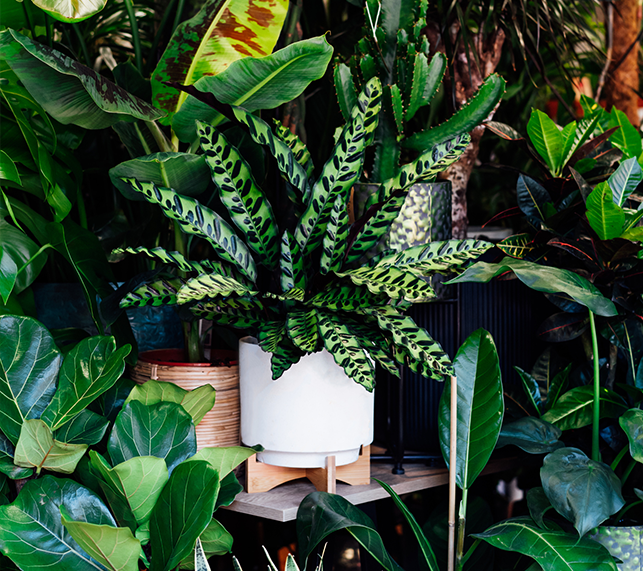
Tips To Transform Your Home Into Lush Garden Oasis
Experience the calming effects of nature while purifying the air. Create your own indoor jungle with our design and growing tips, along with plant combinations to transform your home into a lush oasis that's beautiful and beneficial for your health and well-being.
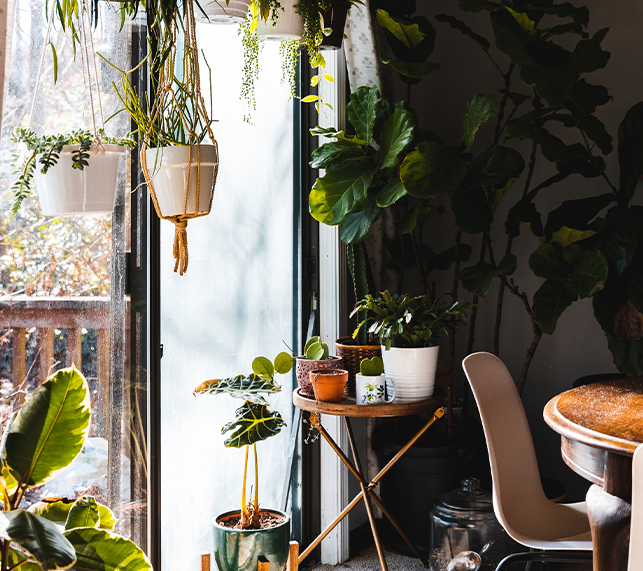
Choose The Right Plants For Your Space
The first step toward creating an indoor jungle is choosing the right plants. To ensure success, choose plants that will thrive in the available light and temperature variations where you plan to put them.
Light: Windows facing southwest tend to receive the most sunlight. East- or west-facing windows offer medium light levels, while north-facing windows provide the lowest amount of light.
Temperature: In addition to lighting, temperature and humidity play essential factors for the well-being of your houseplants. Most houseplants thrive in temperatures ranging from 65-75°F (18-24°C). Avoid putting houseplants under direct sources of air conditioning. When it comes to humidity, tropical houseplants appreciate higher levels, which can be achieved by grouping plants together, using a humidifier, placing trays of water nearby, or misting them.
Light: Windows facing southwest tend to receive the most sunlight. East- or west-facing windows offer medium light levels, while north-facing windows provide the lowest amount of light.
Temperature: In addition to lighting, temperature and humidity play essential factors for the well-being of your houseplants. Most houseplants thrive in temperatures ranging from 65-75°F (18-24°C). Avoid putting houseplants under direct sources of air conditioning. When it comes to humidity, tropical houseplants appreciate higher levels, which can be achieved by grouping plants together, using a humidifier, placing trays of water nearby, or misting them.
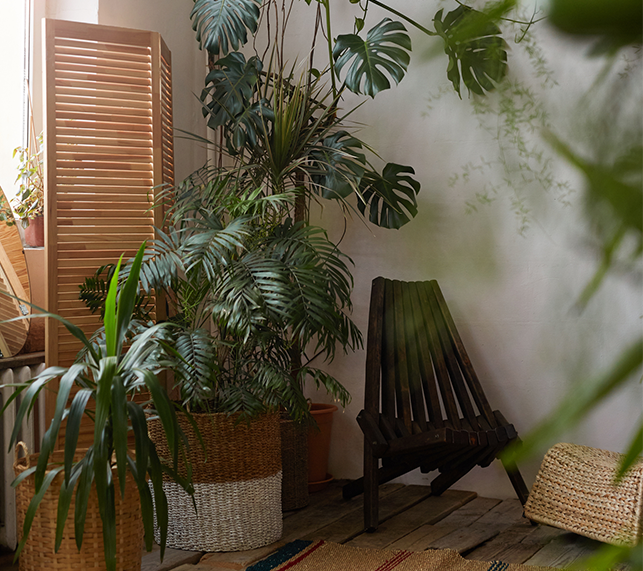
Design Tips & Tricks
Rule of Three: A popular styling technique suggests using an odd number of items to create visual interest. Instead of grouping two plants together, which can appear somewhat formal, adding a third plant can help balance the space and create a more harmonious arrangement.
Height & Foliage: To achieve a complete jungle aesthetic, incorporate a range of plant heights and foliage types when grouping your plants together. Creating a cohesive grouping is achieved by selecting a larger statement plant and arranging the other complementary plants around it. Add vining plants to shelves for a cascading effect, to mimick the look of plants growing in the wild. By mixing plants with different foliage and growth patterns, you can add depth and visual interest to the grouping.
Texture & Color: Introducing texture and color breaks up the abundance of greenery and creates a more dynamic display. Consider incorporating textured baskets or colorful pottery to add a pop of contrast and visual interest.
Height & Foliage: To achieve a complete jungle aesthetic, incorporate a range of plant heights and foliage types when grouping your plants together. Creating a cohesive grouping is achieved by selecting a larger statement plant and arranging the other complementary plants around it. Add vining plants to shelves for a cascading effect, to mimick the look of plants growing in the wild. By mixing plants with different foliage and growth patterns, you can add depth and visual interest to the grouping.
Texture & Color: Introducing texture and color breaks up the abundance of greenery and creates a more dynamic display. Consider incorporating textured baskets or colorful pottery to add a pop of contrast and visual interest.
3 Plant Combos To Get You Started
We've created a few examples of plant combinations to jumpstart your imagination. Don't be afraid to let your creativity run wild and experiment. Let your green thumb guide you to new and exciting arrangements!
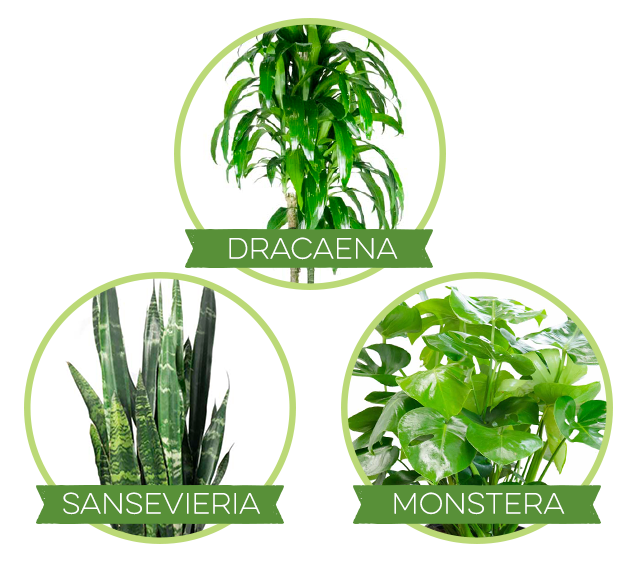
Jungle Dreams
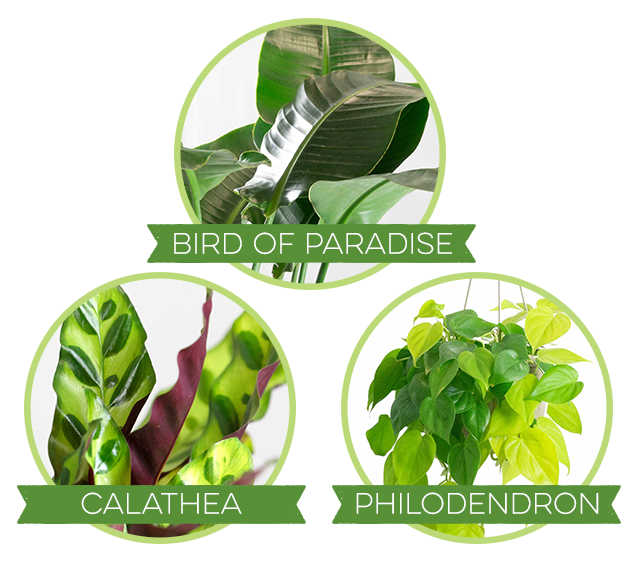
Bali Paradise
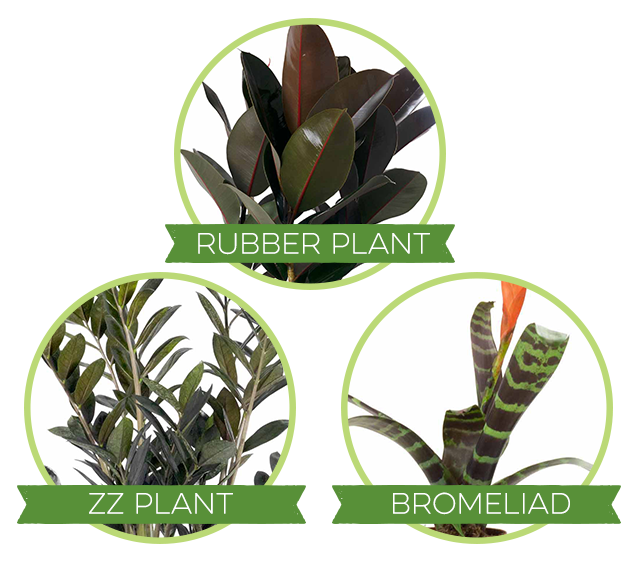
Midnight Rainforest
